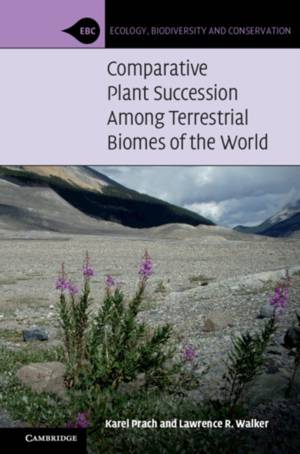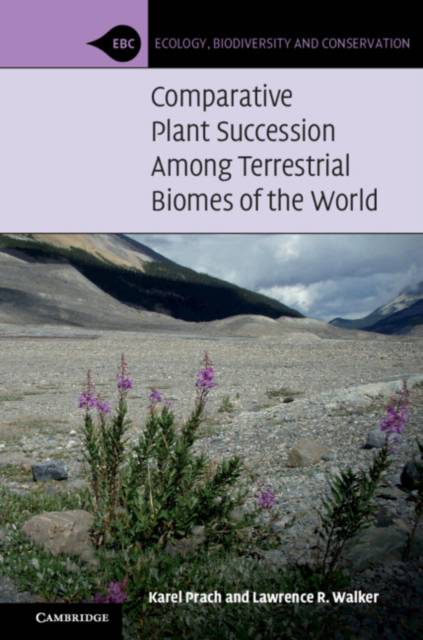
Je cadeautjes zeker op tijd in huis hebben voor de feestdagen? Kom langs in onze winkels en vind het perfecte geschenk!
- Afhalen na 1 uur in een winkel met voorraad
- Gratis thuislevering in België vanaf € 30
- Ruim aanbod met 7 miljoen producten
Je cadeautjes zeker op tijd in huis hebben voor de feestdagen? Kom langs in onze winkels en vind het perfecte geschenk!
- Afhalen na 1 uur in een winkel met voorraad
- Gratis thuislevering in België vanaf € 30
- Ruim aanbod met 7 miljoen producten
Zoeken
€ 76,45
+ 152 punten
Omschrijving
Despite a century of study by ecologists, recovery following disturbances (succession) is not fully understood. This book provides the first global synthesis that compares plant succession in all major terrestrial biomes and after all major terrestrial disturbances. It asks critical questions such as: Does succession follow general patterns across biomes and disturbance types? Do factors that control succession differ from biome to biome? If common drivers exist, what are they? Are they abiotic or biotic, or both? The authors provide insights on broad, generalizable patterns that go beyond site-specific studies, and present discussions on factors such as varying temporal dynamics, latitudinal differences, human-caused vs. natural disturbances, and the role of invasive alien species. This book is a must-read for researchers and students in ecology, plant ecology, restoration ecology and conservation biology. It also provides a valuable framework to aid land managers attempting to manipulate successional recovery following increasingly intense and widespread human-made disturbances.
Specificaties
Betrokkenen
- Auteur(s):
- Uitgeverij:
Inhoud
- Aantal bladzijden:
- 412
- Taal:
- Engels
- Reeks:
Eigenschappen
- Productcode (EAN):
- 9781108460248
- Verschijningsdatum:
- 14/05/2020
- Uitvoering:
- Paperback
- Formaat:
- Trade paperback (VS)
- Afmetingen:
- 156 mm x 225 mm
- Gewicht:
- 725 g

Alleen bij Standaard Boekhandel
+ 152 punten op je klantenkaart van Standaard Boekhandel
Beoordelingen
We publiceren alleen reviews die voldoen aan de voorwaarden voor reviews. Bekijk onze voorwaarden voor reviews.









